Birds are among the most fascinating and vibrant creatures on Earth. Their stunning colors, intricate patterns, and unique behaviors make them nature’s flying masterpieces. Whether you’re a bird enthusiast or simply someone who appreciates natural beauty, this list of the 20 most beautiful birds in the world will captivate your imagination. Let’s explore what makes these feathered wonders so extraordinary.
1. Blue Jay Bird

The Blue Jay (Cyanocitta cristata) is a North American beauty known for its striking blue feathers, light gray chest, and white face. This clever bird is often spotted in woodlands and gardens, using its loud calls to communicate and defend its territory.
- Diet: Nuts, seeds, insects like grasshoppers and caterpillars
- Length: 10 inches
- Cool Features: Tall crest when excited or frightened
2. Red Crested Turaco Bird
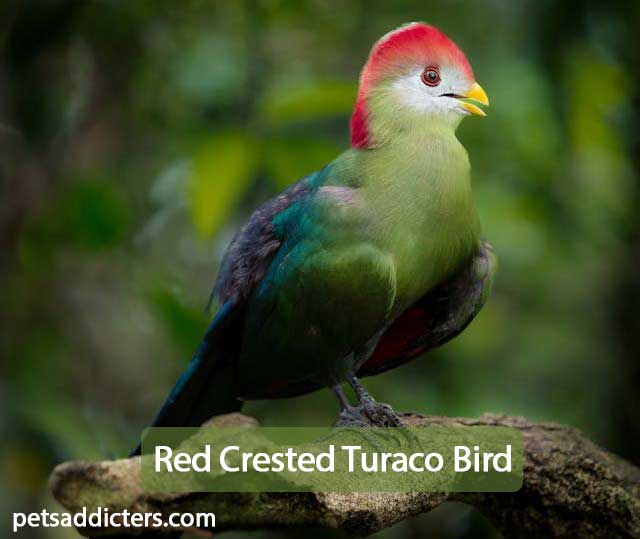
Native to Africa, the Red-Crested Turaco (Tauraco erythrolophus) dazzles with its vibrant appearance. These birds are often seen flitting through forests, their bright plumage a blur of color.
- Diet: Fruits, seeds, flowers
- Length: 20 inches
- Cool Features: Green body, red crest, white face
- Habitat: Forests and savannas
3. Golden Pheasant Bird

The Golden Pheasant (Chrysolophus pictus), also called the Chinese Pheasant, is a rainbow of colors. Its bold appearance and graceful movements make it a standout in its natural mountain habitat.
- Diet: Berries, grains, seeds
- Length: 3.5 feet
- Cool Features: Golden crest, multi-hued feathers
- Habitat: Mountains of China
4. Painted Bunting Bird

A true showstopper, the Painted Bunting (Passerina ciris) features vibrant plumage. Its kaleidoscope of colors has earned it the nickname “the most beautiful bird in North America.”
- Diet: Seeds, grains, and insects (during breeding season)
- Colors: Blue, green, red, yellow
- Habitat: North and Central America
5. Flamingo Bird
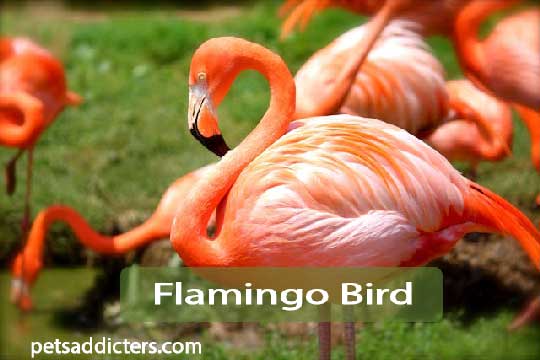
Flamingos (Phoenicopterus) are synonymous with elegance and grace. Known for their one-legged stance and pink hue, these birds are a symbol of wetlands worldwide.
- Behavior: Often stands or sleeps on one leg
- Height: Over 4 feet
- Cool Features: Pink hue from shrimp-based diet
- Habitat: Americas, Africa, Asia
6. Hyacinth Macaw Bird
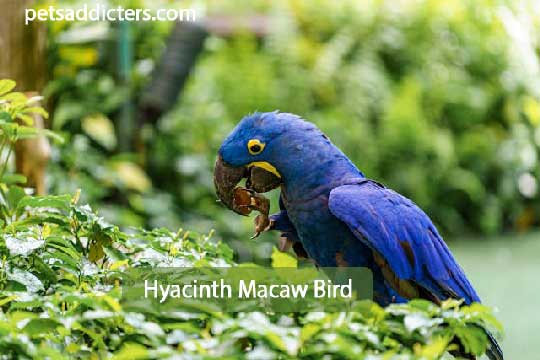
The Hyacinth Macaw (Anodorhynchus hyacinthinus) is the largest parrot in the world. These gentle giants are often seen gliding through South America’s forests, their calls echoing in the treetops.
- Diet: Nuts, seeds
- Length: 3 feet
- Cool Features: Cobalt-blue feathers, yellow eye accents
- Habitat: South America’s forests
7. Quetzal Bird
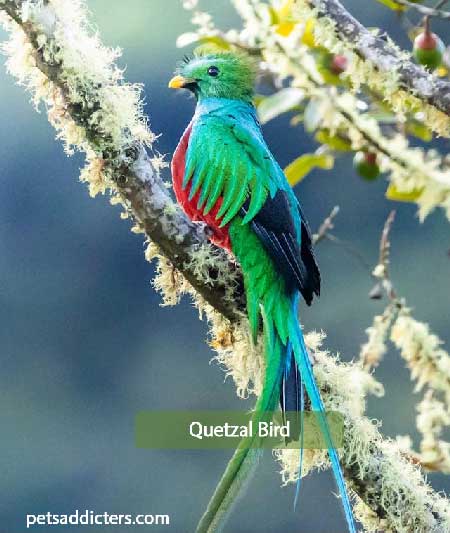
The Quetzal (Pharomachrus mocinno) symbolizes freedom and beauty in Central America. Revered in ancient cultures, it is often considered one of the world’s most beautiful birds.
- Diet: Fruits, insects, small animals
- Length: 12 inches
- Cool Features: Shimmering green, red, and blue feathers
8. Hoopoe Bird
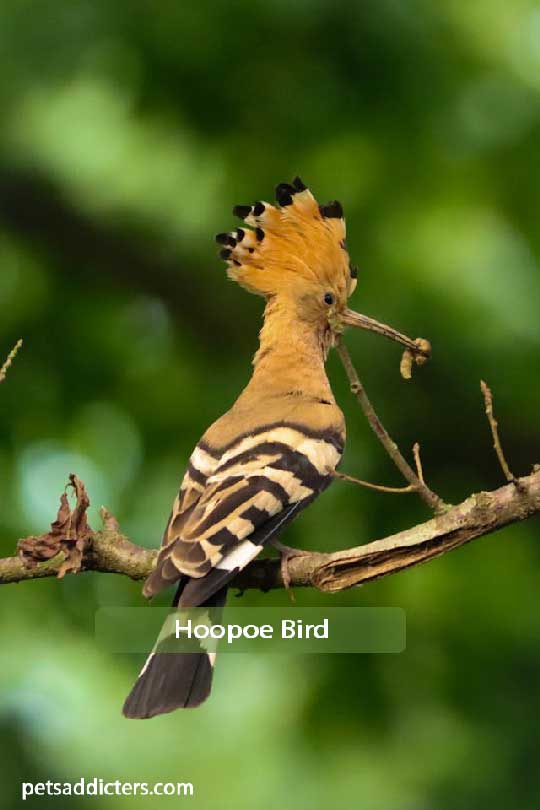
The Hoopoe (Upupidae) is easily recognizable by its unique features. With its striking crest and distinctive calls, it is a favorite among birdwatchers.
- Diet: Ants, beetles, locusts
- Cool Features: Long beak, brown crest, black-and-white striped feathers
- Habitat: Europe, Asia, Africa
9. Atlantic Puffin Bird
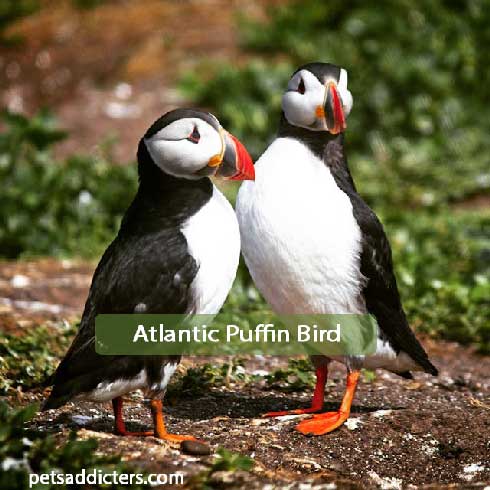
The Atlantic Puffin (Fratercula arctica) is a colorful seabird that resembles a penguin. Often called “clowns of the sea,” these birds are adored for their playful nature.
- Diet: Crustaceans, fish
- Cool Features: Vibrant orange beak, seasonal color changes
- Habitat: Near the Atlantic Ocean
10. Green-Winged Macaw Bird
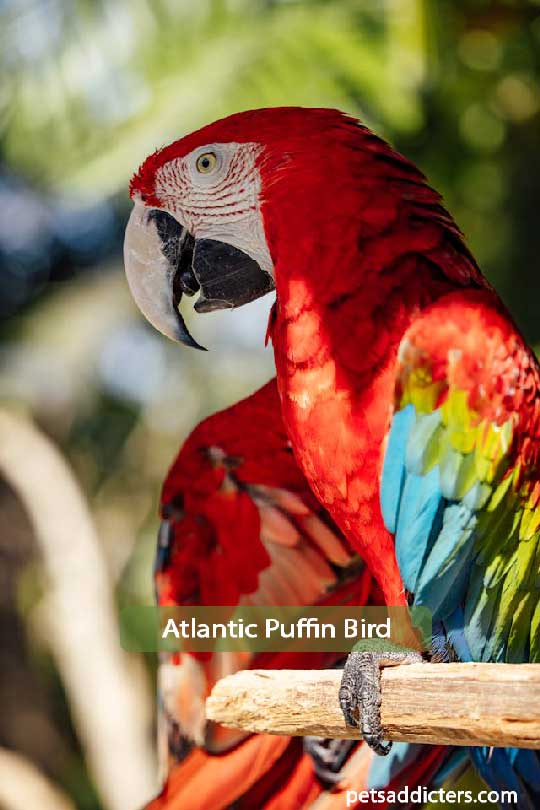
The Green-Winged Macaw (Ara chloropterus) is a striking parrot from South America. Known for their intelligence, they form strong bonds with their flock.
- Diet: Fruits, nuts, seeds
- Length: 40 inches
- Cool Features: Bright red feathers, green wing bands, blue wing tips
11. Stork-Billed Kingfisher Bird
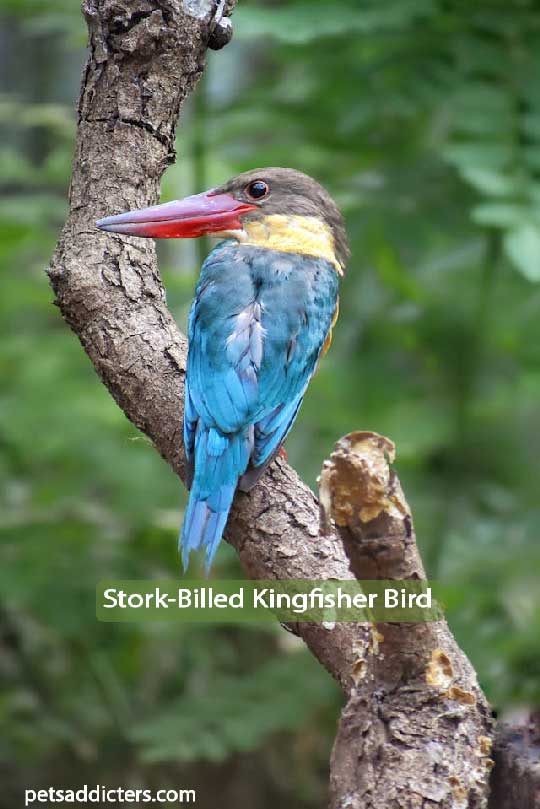
The Stork-Billed Kingfisher (Pelargopsis capensis) is a tropical marvel from Southeast Asia. Its vivid colors and sharp hunting skills make it a standout in the region’s rivers and wetlands.
- Diet: Fish, crabs, small rodents
- Cool Features: Red beak, yellow chest, blue wings
12. Peafowl Bird
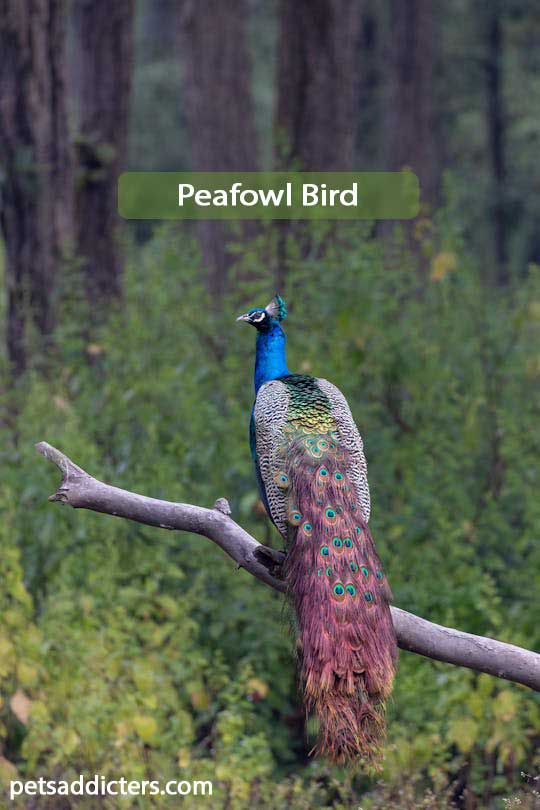
The Peafowl (Pavo cristatus), commonly known as the Peacock, is famed for its iridescent tail feathers. These majestic birds are often associated with royalty and beauty.
- Diet: Seeds, flowers, insects, small reptiles
- Cool Features: Tail feathers up to 6 feet
- Habitat: India
13. Rainbow Lorikeet Bird

Australia’s Rainbow Lorikeet (Trichoglossus moluccanus) is a vibrant parrot. Their playful antics and bold colors make them a favorite in aviaries and backyards.
- Cool Features: Blue head, green wings, orange chest
- Diet: Nectar, fruit, pollen
14. Keel-Billed Toucan Bird
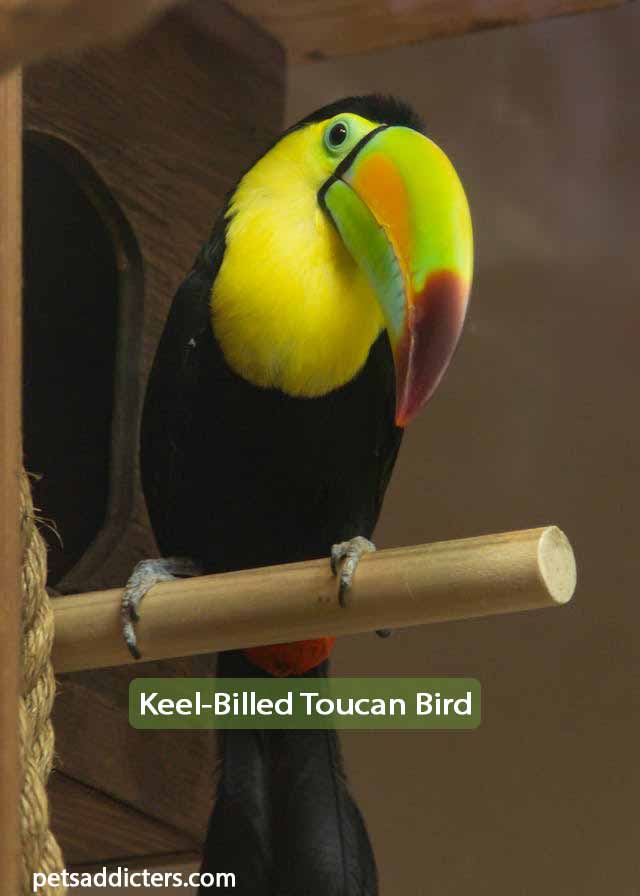
The Keel-Billed Toucan (Ramphastos sulfuratus) is a tropical delight. Its oversized, colorful bill makes it one of the most iconic birds of the rainforest.
- Diet: Fruits, insects, eggs
- Length: 6 inches
- Cool Features: Large, colorful bill
- Habitat: Mexico to Colombia
15. Northern Oriole Bird
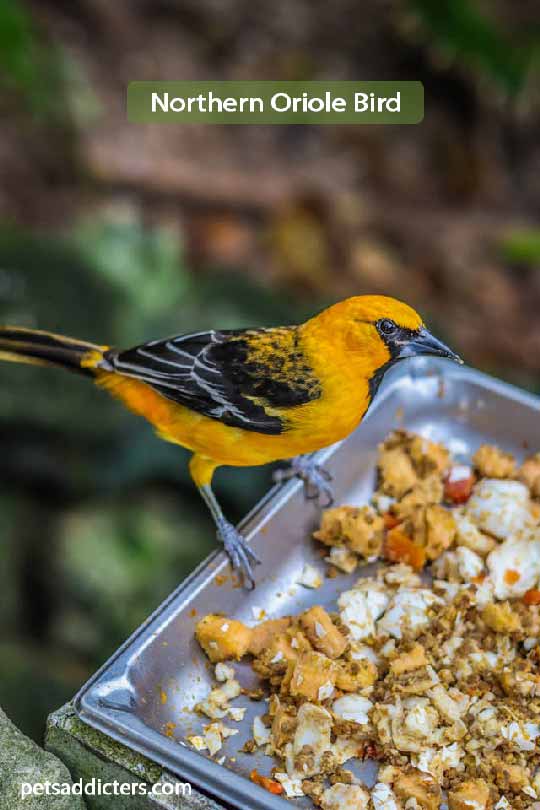
The Northern Oriole (Icterus galbula) is known for its fiery appearance. Its melodious songs often brighten up North American gardens.
- Diet: Fruits, nectar, insects
- Cool Features: Fiery orange chest, black head
- Habitat: North America
16. African Crowned Crane Bird
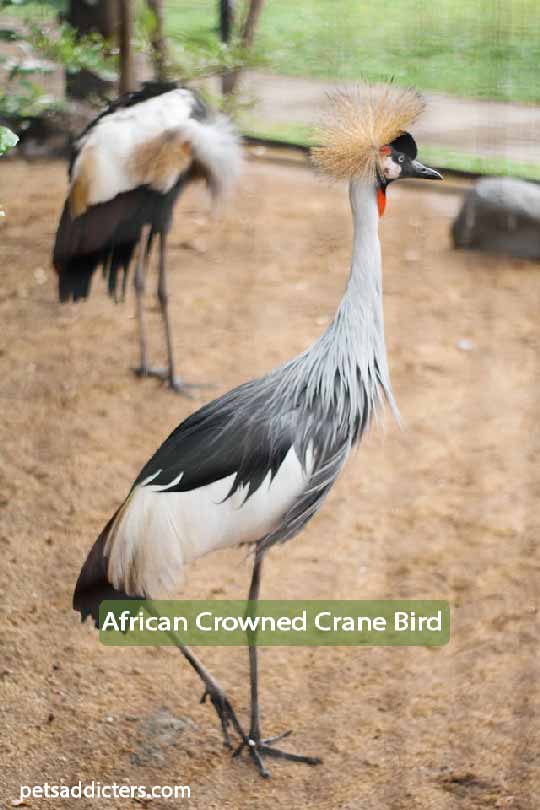
The African Crowned Crane (Balearica regulorum) exudes grace and elegance. Often seen in wetlands, they are admired for their elaborate courtship dances.
- Diet: Grains, seeds, small aquatic creatures
- Cool Features: Cream-colored crest, black-and-white plumage
- Habitat: Africa
17. Bohemian Waxwing Bird
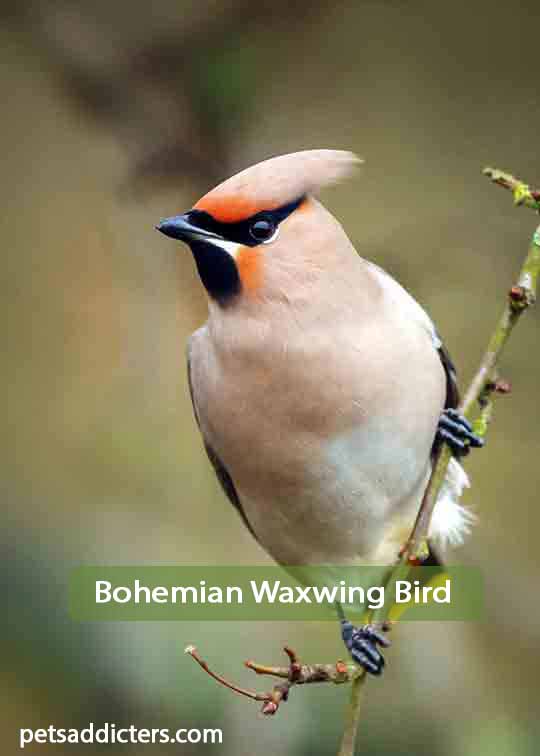
The Bohemian Waxwing (Bombycilla garrulus) is a soft-hued beauty. With its sleek plumage, it brings a touch of elegance to snowy landscapes.
- Diet: Fruits
- Cool Features: Peach, grey, and yellow accents
- Habitat: North America, Europe, Asia
18. Lilac-Breasted Roller Bird
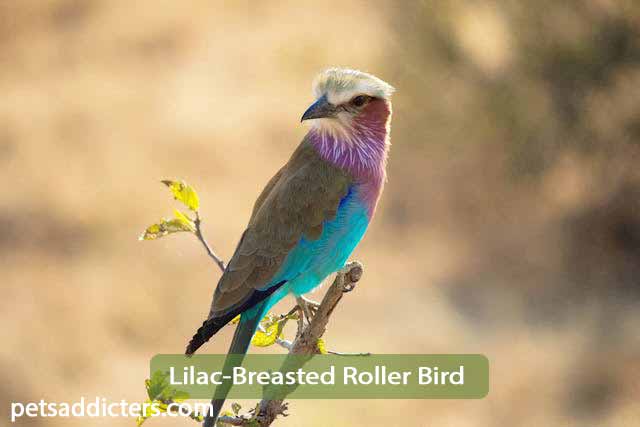
Native to Africa, the Lilac-Breasted Roller (Coracias caudatus) is a visual delight. Often seen perched on treetops, its dazzling colors are a photographer’s dream.
- Diet: Insects, lizards, small amphibians
- Cool Features: Lilac chest, blue wings, green back
19. Mountain Blue bird
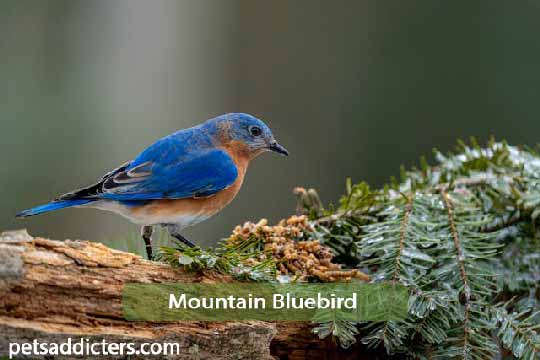
The Mountain Bluebird (Sialia currucoides) is a turquoise gem of North America. Known for their gentle nature, they bring joy to open grasslands and valleys.
- Diet: Insects, small fruits
- Cool Features: Brighter colors in males, muted blue and gray tones in females
20. Grandala Bird

The Grandala (Grandala coelicolor) thrives in the Himalayas and northeastern India. Often seen in flocks, their striking plumage adds color to high-altitude regions.
- Diet: Insects, berries
- Cool Features: Deep blue feathers in males, white and brown streaks in females
- Behavior: Lives in flocks
Why Birds Are Important to the Environment
Birds contribute significantly to maintaining the ecological balance of our world. Here’s how:
- Pollinators of Nature
Certain bird species, like hummingbirds and sunbirds, help pollinate plants by transferring pollen as they feed on nectar. This process is crucial for the reproduction of many flowering plants.
- Seed Dispersers
Birds such as parrots and hornbills consume fruits and disperse seeds through their droppings, enabling the growth of new plants and forests.
- Natural Pest Controllers
Insect-eating birds, such as swallows and woodpeckers, help control pest populations, reducing the need for harmful pesticides.
- Indicators of Environmental Health
Bird populations often reflect the health of ecosystems. A decline in bird numbers can signal environmental issues, prompting conservation efforts.
The Mesmerizing Beauty of the Most Beautiful Birds in the World
From vibrant feathers to graceful flights, birds are a testament to the artistic wonders of nature.
- Birds as Living Rainbows
Species like the peacock, with its shimmering iridescent tail, and the rainbow lorikeet, adorned in a kaleidoscope of colors, showcase nature’s ability to create stunning beauty.
- Unique Adaptations
Birds like flamingos, with their striking pink hues, or owls with hypnotic eyes and silent flight, highlight incredible evolutionary adaptations.
- Symbolism Across Cultures
Birds often symbolize freedom, hope, and transformation in art, literature, and mythology. The dove, for instance, represents peace, while the phoenix signifies rebirth.
How Birds Inspire Humans
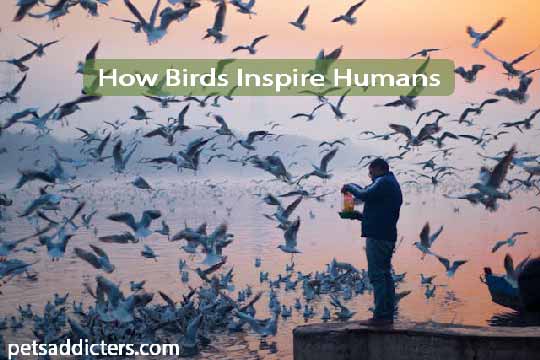
Birds have a profound influence on human creativity and values:
- Inspiration for Innovation
The flight of birds has inspired technological advancements like airplanes and drones.
- Lessons in Resilience
Migratory birds, traveling thousands of miles through harsh conditions, remind us of perseverance and adaptability.
- Promoting Mental Well-being
Birdwatching and listening to birdsong are proven to reduce stress and promote mental health, connecting us to the serenity of nature.
Threats to Birds and Why We Must Act
Despite their importance, birds face numerous threats due to human activities:
- Habitat Loss
Deforestation, urbanization, and agriculture reduce the spaces birds call home.
- Climate Change
Shifting temperatures and weather patterns disrupt migration and breeding cycles.
- Pollution
Plastic waste, pesticides, and oil spills threaten bird populations worldwide.
How to Protect and Support Bird Populations

We all have a role to play in protecting birds. Here are simple steps you can take:
- Create Bird-Friendly Spaces
Plant native trees and shrubs in your garden, provide water sources and avoid using harmful chemicals.
- Support Conservation Efforts
Donate to organizations dedicated to bird protection or participate in local conservation projects.
- Practice Responsible Tourism
Avoid disturbing birds in their natural habitats and support eco-friendly travel initiatives.
- Educate Others
Conclusion
The world’s most beautiful birds are living art, each with unique colors, behaviors, and habitats. From the lush forests of the tropics to the mountains of the Americas, these birds remind us of nature’s boundless creativity. Whether you’re birdwatching or exploring online, watch for these breathtaking species — they’re truly worth admiring.
What can I do to help protect birds?
Create bird-friendly habitats, avoid using pesticides, and support conservation organizations.
What can I do to help protect birds?
Create bird-friendly habitats, avoid using pesticides, and support conservation organizations.
How do birds contribute to the ecosystem?
Birds help in pollination, seed dispersal, and pest control, maintaining ecological balance.
Why are bird populations declining?
Habitat loss, climate change, pollution, and hunting are major threats to bird populations.
How can birdwatching benefit mental health?
Birdwatching fosters mindfulness, reduces stress, and deepens your connection with nature.

